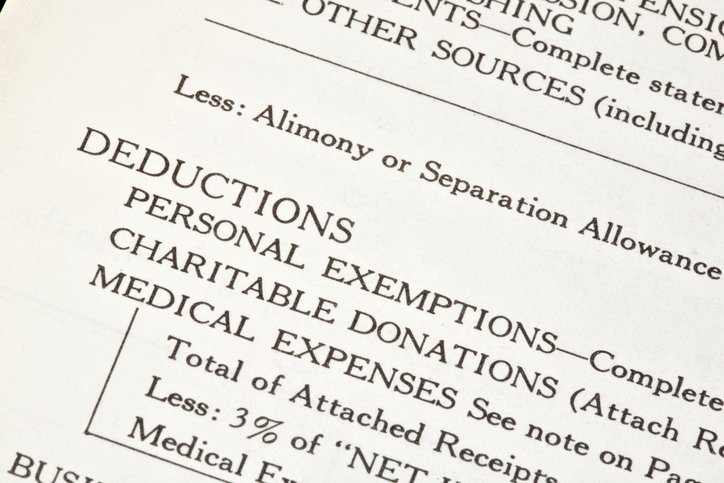An award of alimony is not necessarily a permanent obligation or a guarantee of future income. Instead, under Pennsylvania’s statues, it can be ended or modified whenever:
- A substantial and continuing change in circumstance occurs; or
- The recipient marries or “cohabits” with a member of the opposite sex; or
- The recipient or the payor dies.
The death of the spouse paying alimony or the spouse receiving alimony are obvious end points for alimony. So is re-marriage. Changed circumstances and “cohabitation,” however, are not so easy to prove or disprove.
To end or modify an award of alimony when circumstances change or cohabitation occurs, the courts look at each specific situation. One of the most common circumstances for a termination or change in the amount of alimony is a change in the employment or earning capacity of the paying or the receiving spouse. For example, if the receiving spouse alimony has an accident or is diagnosed with a medical condition that severely limits their ability to support themselves, courts will consider whether the amount of alimony should be increased to keep the receiving spouse supported at the same standard of living. On the other hand, if the paying spouse gets a significantly better job and the original award of alimony and marital property was not enough to provide the receiving spouse with the standard of living they had during the marriage, the courts may increase the amount of alimony. Similarly, if the paying spouse suffers a significant and permanent loss of employment or a disabling medical condition occurs, then the court may decrease the amount of alimony. There are many other changes in circumstances that could cause the termination, reduction, or increase in the amount of alimony. The main factor for a court is whether change in circumstances is substantial and continuing.
Pennsylvania law does address one specific kind of change in circumstances: “cohabitation” with a member of the opposite sex, who is not a family relative. A family relative is someone, who is within the degrees of “consanguinity” of the recipient ex-spouse. Consanguinity simply means the same blood. For Pennsylvania, relatives from parents, to children, siblings, first cousins, their children, grandchildren, nieces, nephews, aunts, and uncles are all considered within your consanguinity. If the receiving spouse lives with one of these family members during or after the divorce, the obligation to pay alimony and the ability to receive alimony will continue.
However, when they move in with someone, who is not a relative and they live together as spouses would, then the obligation to pay alimony and the ability to receive alimony ends. Cohabitation is defined as “financial, social, and sexual interdependence.” Proving or disproving a claim that an ex-spouse is cohabiting is the challenge.
Courts look at the total circumstances to decide whether someone is cohabiting. Some of the significant facts showing this interdependence are: whether the ex-spouse and the paramour share the same home and bedroom; whether they contribute together to the household expenses, such as rent or mortgage payments, utilities, groceries, car payments, or insurance; and, whether they have joint bank or credit card accounts. Other facts include how they present themselves to the world – as partners or merely housemates. There is no limit to the relevant facts of cohabitation, except the investigative power of the parties and their attorneys.
In the end, it does not matter if the spouse co-habits before, during, or after the divorce proceedings. Alimony will terminate whenever cohabitation occurs, even if it starts and ends during the divorce proceedings.
Your agreement to pay or receive alimony will override Pennsylvania’s statues. In other words, you and your spouse can agree that neither death, re-marriage, change of circumstances, or cohabitation will end or change the payment of alimony. You can also agree that particular changes, such as a significant raise, could reduce the amount of alimony on some percentage basis. The key to any award or agreement for alimony is planning for your future. If you are the paying spouse, then terminating or reducing alimony by agreement is in your best interests. If you are the receiving spouse, making sure that alimony will continue to be paid regardless of events in the life of the paying spouse is vitally important. Receiving spouses can could protect their future alimony payments by requiring the paying spouse to maintain life or disability insurance for their benefit. A good attorney will help you to find a solution that fits your divorce or advocate for you if you cannot resolve the claim for alimony by agreement.
If you think that your circumstances justify a change in alimony or you have any questions about alimony, please contact Gregory J. Spadea, Esquire, at the Law Offices of Spadea & Associates for a free 20-minute consultation at 610-521-0604.










